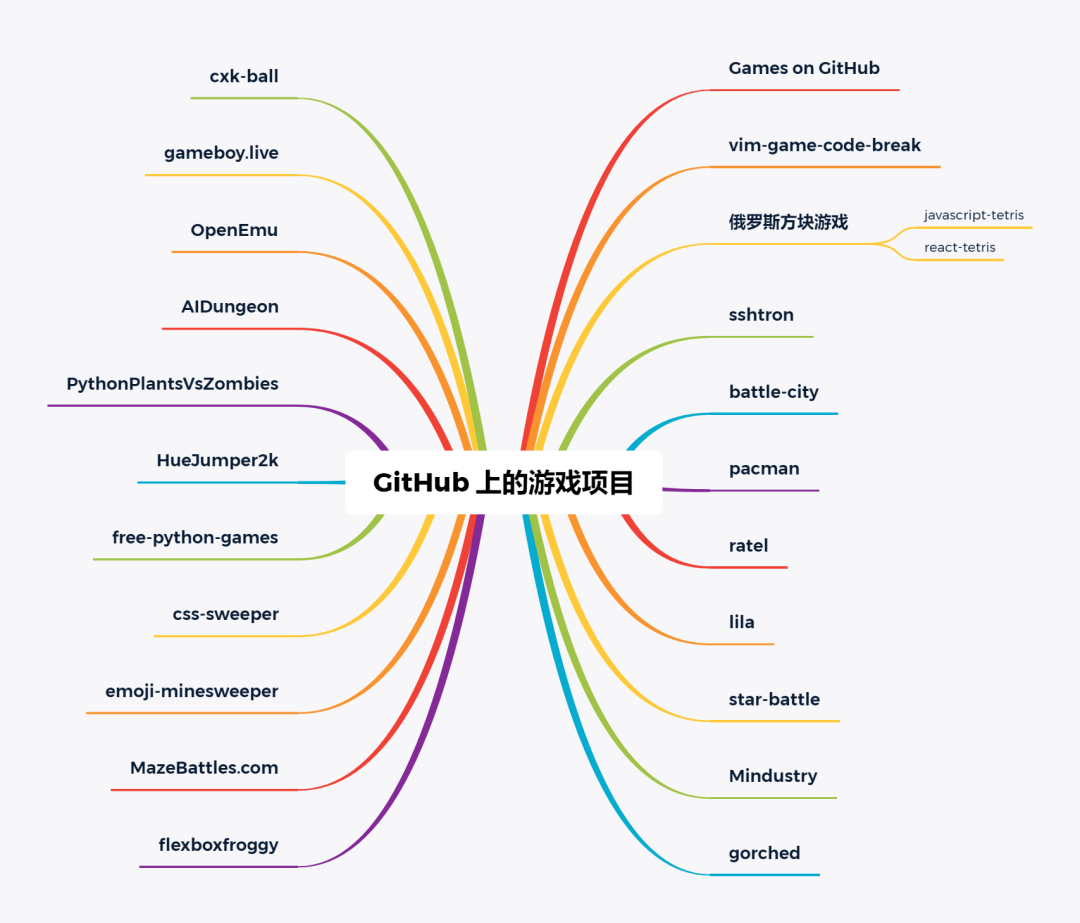I am writing as custom Odoo module, with some configuration that can be set by the user.
I want to add some setting in
Settings -> Configuration -> General Settings
Therefore, I created a .py containing:
from openerp.osv import fields, osv
class mymodule_configuration(osv.osv_memory):
_inherit = 'res.config.settings'
'test_field': fields.char(
string='Test Field',
required=True,
)
.XML
<record id="custom_id" model="ir.ui.view">
<field name="name">General Settings</field>
<field name="model">res.config.settings</field>
<field name="arch" type="xml">
<form string="General">
<field name="test_field"/>
</form>
</field>
</record>
It does not change the General Settings.
If I add the reference id like:
<field name="inherit_id" ref="base_setup.view_general_configuration"/>
then I got the error
ParseError: "ValidateError
Field(s) arch failed against a constraint: Invalid view definition
Error details:
Field module_portal does not exist
Can anyone help me to sort out this issue?
Defining custom settings in Odoo
Unfortunately, Odoo documentation doesn’t seem to include any information about adding new configuration options to Odoo. So let’s fill in the gaps.
Defining a model
First of all, you need to define a new model inheriting from res.config.settings:
class YourSettings(models.TransientModel):
_inherit = 'res.config.settings'
_name = 'your.config.settings'
It’s a TransientModel, also known as a wizard. Do not expect it to permanently hold the values. TransientModels inherently store values on a temporary basis only. You need other means to make them permanent.
Fortunately res.config.settings make this easy. First of all, you need to add some fields to yourTransientModel` - one for every setting option you want to define. Odoo comes with built-in support for four different kinds of settings. It distinguishes between them based on the field names.
“Default” settings
The value of a field named default_foo will be set as a default value for a field named foo on a model given as a default_model argument.
class YourSettings(models.TransientModel):
_inherit = 'res.config.settings'
_name = 'your.config.settings'
default_name = fields.Char(default_model='your.other.model')
This will make the value of default_name field the global default value of a field name in model your.other.model.
“Group” settings
Boolean fields named group_foo take two arguments: group (defaults to base.group_user) and implied_group. If the value of such a field is true, the group defined in group gain all implied_group’s permissions. This is exactly the same as adding a group to the implied_ids field on another group’s object (which as far as I know is also an undocumented feature). This is useful for controlling which groups of users have access to a feature.
class YourSettings(models.TransientModel):
_inherit = 'res.config.settings'
_name = 'your.config.settings'
group_kill = fields.Boolean(
group='your.secret_agents',
implied_group='your.licence_to_kill'
)
“Module” settings
Boolean fields named module_foo, when enabled will trigger the installation of a module named foo.
class YourSettings(models.TransientModel):
_inherit = 'res.config.settings'
_name = 'your.config.settings'
# if enabled will install "spies" module
module_spies = fields.Boolean()
Other settings
By default, the values of other fields will be discarded, but you change that by implementing your own means of saving them. Just define a method named set_foo (where foo is an arbitrary string). You can also set initial values of such fields using a get_default_foo method (the exact form of foo is once again irrelevant).
For example, if you want to use settings to control the name and phone number of a company linked to the current user:
class YourSettings(models.TransientModel):
_inherit = 'res.config.settings'
_name = 'your.config.settings'
company_name = fields.Char()
company_phone = fields.Char()
@api.model
def get_default_company_values(self, fields):
"""
Method argument "fields" is a list of names
of all available fields.
"""
company = self.env.user.company_id
return {
'company_name': company.name,
'company_phone': company.phone,
}
@api.one
def set_company_values(self):
company = self.env.user.company_id
company.name = self.company_name
company.phone = self.company_phone
Defining a view
Then you just need to define a view for your settings. Let’s use the previous example:
<record id="your_configuration" model="ir.ui.view">
<field name="name">Your configuration</field>
<field name="model">your.config.settings</field>
<field name="arch" type="xml">
<form string="Your configuration" class="oe_form_configuration">
<header>
<button string="Save" type="object"
name="execute" class="oe_highlight"/>
or
<button string="Cancel" type="object"
name="cancel" class="oe_link"/>
</header>
<group string="Company">
<label for="id" string="Name & Phone"/>
<div>
<div>
<label for="company_name"/>
<field name="company_name"/>
</div>
<div>
<label for="company_phone"/>
<field name="company_phone"/>
</div>
</div>
</group>
</form>
</field>
</record>
<record id="your_settings_action" model="ir.actions.act_window">
<field name="name">Your configuration</field>
<field name="res_model">your.config.settings</field>
<field name="view_id" ref="your_configuration"/>
<field name="view_mode">form</field>
<field name="target">inline</field>
</record>
and of course don’t forget to make a new entry in the settings menu:
<menuitem id="your_settings_menu" name="Your settings"
parent="base.menu_config" action="your_settings_action"/>
Reference: http://ludwiktrammer.github.io/odoo/custom-settings-odoo.html
You can not add fields directly to the existing view.
You should try this,
<record id="custom_id" model="ir.ui.view">
<field name="name">General Settings</field>
<field name="model">res.config.settings</field>
<field name="inherit_id" ref="base_setup.view_general_configuration"/>
<field name="priority" eval="50" />
<field name="arch" type="xml">
<data>
<div name="Existing div name" position="inside">
<div name="new div name">
<field name="test_field" class="oe_inline" />
<label for="test_field"/>
</div>
</div>
</data>
</field>
</record>

